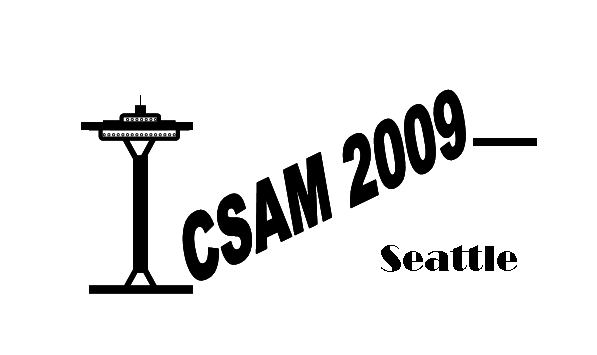In industrial applications, the optimization of a superplastic forming (SPF) process has principally two ways of being pursued: the first one is completely related to the material and includes the development of new alloys with a controlled microstructure by the addition of alloying elements (e.g. RE are able to refine the grain size in material preparation and to reduce grain growth during forming) or by innovative preparation procedures (e.g. severe plastic deformation processes are able to induce high strain rate superplasticity); the second one is process-oriented and includes pressure profiling, back pressure techniques, pre-forming (reverse bulging, variable starting thickness), tools optimization and many other strategies. In this latter optimization method, numerical simulation took root in the last decades. The purpose of this paper is to outline some of the main strategies used in the numerical simulation of SPF that can be found in the material characterization phase, in the simulation of forming tests and in the optimization of the process. Actually, even in a process-oriented optimization, manufacturing engineers, when approaching SPF, have to face with the huge role that the material has. Numerical modelling requires an accurate material characterization in order to correctly reproduce the material behaviour during the forming process. Each alloy with its own physical state and its microstructure can be considered different (e.g. strain rate sensitivity index can drastically change according to the material preparation route) and needs a specific characterization. Besides tensile tests, many characterization methods applied to superplastic materials can be found in literature: free bulge test, multi-dome e multi-tube free bulge test, conical die test, pyramidal die test and elliptical die test, just to name a few of them. All of these tests are based on a set of experiments and, generally, material constants are achieved under several hypotheses with an analytical approach. Recently researchers move their attention from analytical models to numerical ones. Numerical simulation can be easily used to verify the characterization methodology. Once appropriate material constants have been found, numerical simulation can be also used for the process optimization since the material can be directly analyzed (stress, strain and strain rate values can be acquired and/or controlled along the whole sheet during the forming process). Many commercial codes have developed special purpose modules for SPF process simulation and pressure profiles able to generate a constant strain rate along the sheet can be automatically calculated. Another characterization method is now being developed: since the role of simulation is increasingly growing, materials constants are calculated with a synergic use of experiments and numerical simulations. The so-called inverse analysis is often used to find materials constants by an iterative procedure able to minimize the difference between experiments and simulations. The test is numerically simulated, the experiment is used as a reference and particular optimization techniques (e.g. Gauss-Newton method, GA based approaches), are used to minimize objective functions. In this paper a review of these numerical strategies is given, showing results of material characterization and process optimization from literature and from authors’ work.
<< back
ICSAM 2009
June 29 - July 2, 2009
Bell Harbor International Conference Center
Seattle Washington
International Conference on Superplasticity in Advanced Materials 2009
10th International Conference on Superplasticity in Advanced Materials
©2008 University of Washington. All rights reserved.
©2008 University of Washington. All rights reserved.